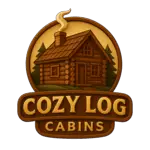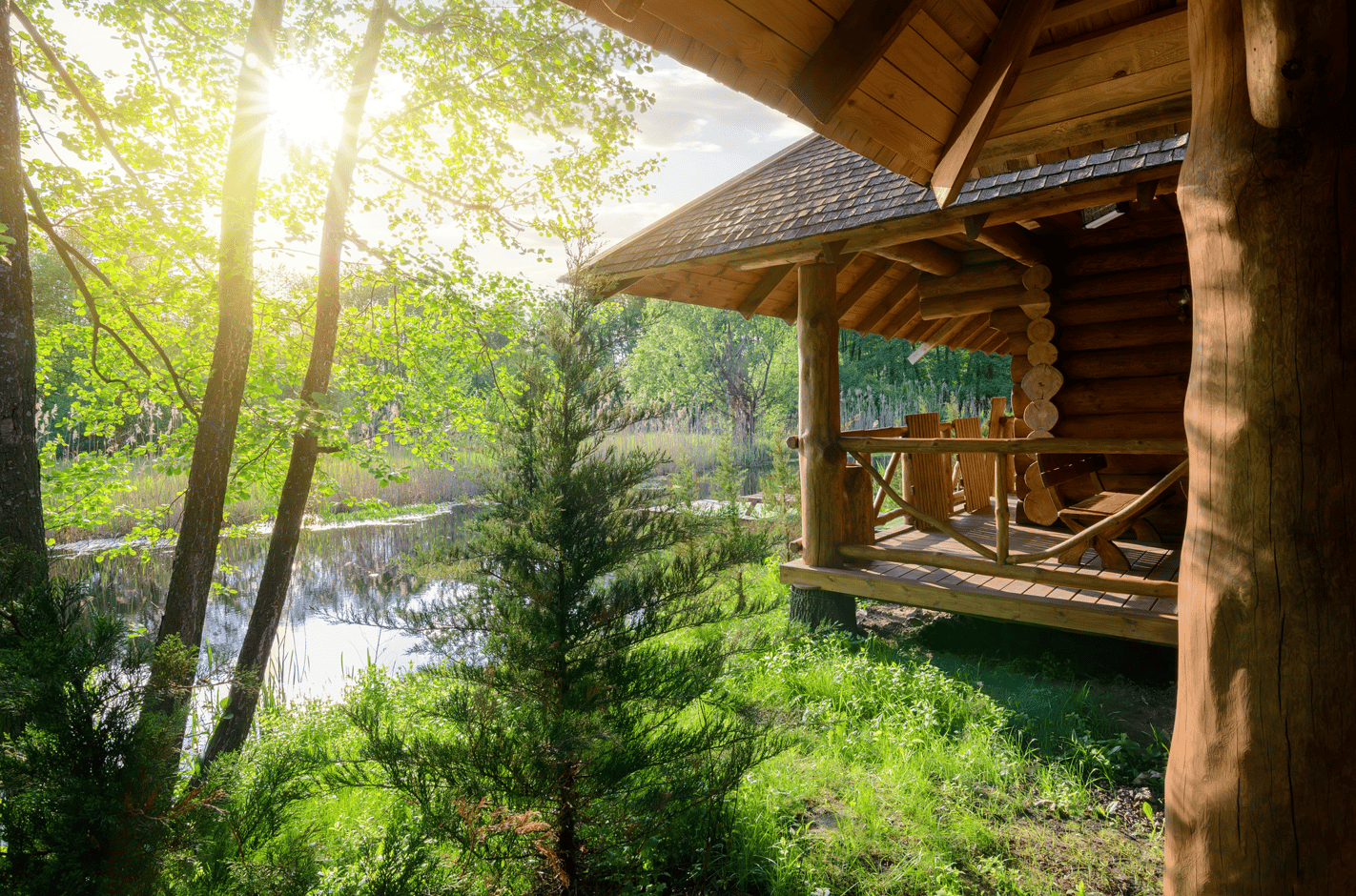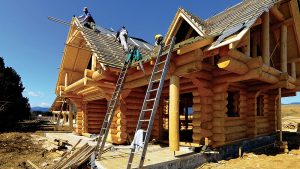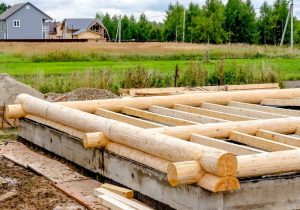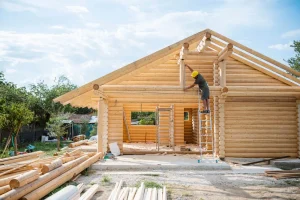Building a log cabin from scratch is a rewarding experience, but it can be complex, time-consuming, and costly. Log cabin kits simplify the process. They come with pre-cut logs, detailed plans, and many of the materials you need — making the build faster, more predictable, and often more affordable. In this guide, I’ll walk you through what to look for in a quality log cabin kit, recommend features to prioritize, and highlight some examples to help you choose the best kit for your project.
What Makes a Good Log Cabin kit?
Before you order a cabin kit, it’s important to know what separates a well-designed kit from one that causes frustration. Here are the key features to compare and evaluate:
- Pre-Cut & Numbered Logs
Look for kits where logs are pre-cut, labeled, and matched to your floor plan. This reduces on-site guesswork, minimizes fitting errors, and speeds up construction. - Quality of Materials
Check the species of wood (e.g. pine, cedar, spruce), drying method (kiln-dried vs. air-dried), and finish. Durable, well-seasoned wood reduces warping, cracking, and long-term maintenance. - Included Plans and Engineering
A good kit includes detailed architectural drawings, structural engineering verification, and compliance with local building codes. This ensures that permits and inspections are smoother. - Insulation & Chinking Options
Some kits include pre-fitted insulation or chinking materials to seal gaps between logs. This is especially important for energy efficiency and comfort in varying climates. - Roofing, Doors & Windows
Many kits will include or offer upgraded options for roof trusses, roofing materials, doors, and windows. Choosing kits with high-quality windows and doors saves you from sourcing elsewhere. - Support & Assembly Instructions
Building logs isn’t the same as framing with studs. Kits with thorough guides, videos, supplier support, or phone/email assistance are easier to assemble — especially for first-timers. - Modularity and Customization
Look for kits that allow modular expansion (porches, decks, lofts), or customization (choice of footprint, layout). This gives you flexibility without starting from zero. - Cost, transparency, and shipping
The shipping logs are heavy and bulky. A quality kit provider will give you clear quotes including freight to your location, import/local duties if relevant, and breakdowns of base kit vs. add-ons.
By comparing kits against these factors, you’ll be in a better position to select one that matches your skill level, budget, timeline, and local conditions.
Examples of Popular Log Cabin Kits
To illustrate what’s available, here are a few types of kits you might consider (note: availability changes over time, so always check current specifications and delivery options):
- Basic Starter Cabin Kit
A small footprint (e.g. 16 × 24 ft or similar), one-storey layout with loft, simple floor plan. Ideal for a weekend retreat or guest house. These kits often come with the essential logs, basic window and door openings, and a manual for assembly. - Mid-Size Family Cabin Kit
Around 800-1,200 square feet, with full kitchen and bathroom layout, possibly a loft space. These kits may include upgraded features like double-glazed windows, engineered roof trusses, and optional deck plans. - Deluxe or Customizable Kit
Larger footprint (1,500+ sq ft), customizable layout (lofts, porches, wrap-around decks). Might offer upgrades such as cedar logs, solar-ready design, premium insulation, or heavy-duty structural components.
When you review kits, examine a gallery of completed builds — photos from other buyers offer insight into finish, quality, and required extras. Also ask for past customer references or case studies.
Pros & Cons of Using a Log Cabin Kit
Pros:
- Speeds up construction with pre-cut, pre-planned materials.
- Reduces mistakes on site (fewer custom cuts).
- Easier budgeting: you know what base components cost.
- Kits often have tested designs for structural strength.
- Kits offer a good entry point for DIYers with some supervision or professional help for permits/inspections.
Cons:
- Limited customization compared to fully bespoke design (unless the provider offers custom options).
- Shipping cost & logistics can become significant, especially in remote areas.
- You still need local permits, possibly additional materials (foundation, utilities, finishes).
- Kit instructions may assume certain skills — some tasks may still require professional expertise.
How to Choose the Right Kit for Your Situation
When selecting a kit, match your goals and constraints:
- Skill Level: If you’ve never built with logs before, opt for a smaller kit with strong support / instructions.
- Climate: Choose wood species and insulation/chinking that suit your weather (cold winters, humidity, etc.).
- Budget: Compare total cost — base kit price + shipping + local labor + permit fees + finishes. Don’t just compare upfront cost.
- Timeline: How soon do you want to complete the build? Kits speed up the framing stage significantly.
- Resale / Longevity: If you’ll sell someday or want low maintenance, select kits with high-quality wood, triple-glazed windows, and durable finishes.
Visiting completed cabins (if possible) or talking to buyers can help you see whether kit quality matches the photos.
FAQ
1. Are log cabin kits suitable for beginners?
Yes — many kits are designed with novices in mind. Choose ones with clear, step-by-step instructions or support from the provider. Start small or use a “kit + professional review” model to ensure safety and build quality.
2. How much does a typical log cabin kit cost?
Basic small kits may start from several thousand dollars for framing-only (logs + structure), while medium-sized kits can run tens of thousands. Larger custom kits with full materials can cost from the mid-$30,000s upward. Be sure to include shipping, foundation, utility installation, and finishing in your budget.
3. Do log cabin kits come with plumbing & electrical work included?
Not usually. Most kits include structural components (logs, framing, windows & doors). Plumbing, electrical wiring, foundation, insulation, finishes, and utilities often require separate contracts or DIY work. Always clarify with the supplier which items are included.
4. Can I modify the layout of a log cabin kit?
Often you can. Many kit providers offer customization options such as adjusting interior walls, lofts, or deck plans — though substantial modifications may cost extra or require engineered drawings.
5. Where should I order a log cabin kit from?
Look for reputable companies with experience, good reviews, and clear shipping policies. If you live outside their immediate area, check shipping rates, import duties (if international), and whether local building codes have special requirements.
Conclusion
Log cabin kits are one of the smartest ways to build a cabin efficiently without sacrificing quality. They simplify the framing stage, reduce on-site errors, and often streamline permitting when they include engineered plans. By carefully comparing kits based on pre-cut logs, material quality, customization options, and support, you’ll find a solution that works for your budget, skill level, and timeline.
Whether you choose a starter kit, a family-sized model, or a deluxe customizable option, the right log cabin kit brings you a big step closer to turning your dream cabin into reality — faster, easier, and with less guesswork.
